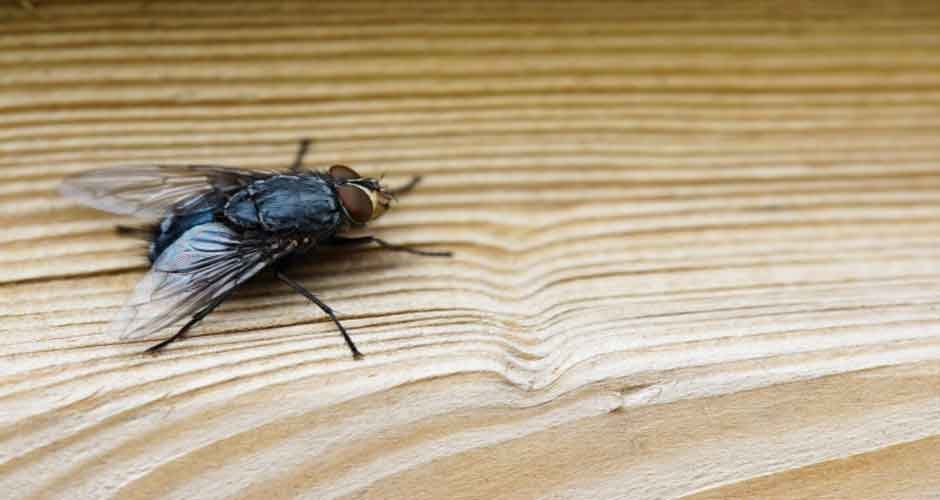Having annoying flies buzzing around your home is a common problem that most of us usually face. Compared to a variety of other methods and products, the use of a good quality flying insect trap is an effective way to deal with them. To get rid of the window flies, many of us waste our money buying a variety of products, but one thing that turns out to be most effective is none other than flying insect traps.
To ensure flying insects’ sticky traps work well, it is essential to use them correctly. Flies can be more than just annoying. They also bring a variety of germs with them and thus make your home less clean. To make sure your house is properly clean and does not have any risk of germs and infection, you need to use a good quality trap and place flying insect traps at indoor locations.
By using these traps effectively, you not only get rid of flies but also create a healthier and more comfortable living space. Let’s have a look at some effective tips that you can use to keep your home flies-free.
Regular Cleaning Routine
The first thing that you can do to get rid of window flies is to clean your house regularly. No flying insect trap can help you get the desired result until you start keeping your home clean. Window flies love dirty, messy places and thus are found the most in areas that are not cleaned properly.
Following a regular cleaning routine is one of the best ways to prevent the risk of odors that attract window flies. Regularly clean surfaces, dispose of food waste promptly and ensure that trash bins are tightly sealed. This helps you get a clean environment required to prevent window flies. By eliminating attractants, you reduce the likelihood of flies making themselves at home.
Strategic Placement of Window Fly Traps
Window fly traps work best when they are placed strategically. When placing window fly traps, you need to make sure that the area you are choosing for the traps is the most affected by the flies. Before placing the traps, make sure to identify key areas where flies are most prevalent, such as near dustbins, kitchen windows, or entry points. Place the traps close to these areas to intercept flies before they occupy your living space.
Keep Your Trash Safe
There is no doubt that flies love trash. They love to consume trash, and thus, you need to make sure these pests are not living off your garbage. For this, you must invest in high-quality trash cans with tight-fitting lids for your home. You can also use a liner or wash your trash regularly to keep cans clean and prevent the risk of window flies as much as possible.
Seal Entry Points
Identify and seal any potential entry points for flies. Make sure to check windows, doors, and other openings for gaps or cracks. You can also use weather stripping or caulk to seal them properly and prevent flying insects from entering your living area. By preventing flies from entering your home, you reduce the dependence on sticky traps alone.
Utilize Natural Repellents
Another effective way to enhance the effectiveness of your window fly traps is by incorporating natural repellents. Many essential oils like citronella, eucalyptus, and peppermint act as potent fly deterrents. Many people choose them over flying insect traps because they are considered safe for pets and kids. However, these days, it is easy to find effective and high-quality flying insect traps that are non-toxic and pesticide-free.
Maintain Consistency with Fly Traps
Consistency is key when using window fly traps. To get the desired results, you need to make sure that the traps you are using are not just placed correctly but are also working as per the requirement. Many flying insect traps lose their stickiness with time and thus fail to provide you with the desired results. Make sure to replace adhesive surfaces or cartridges regularly to ensure optimal performance. Regular maintenance not only prevents sticky traps from becoming less effective over time but also helps you stay ahead of any potential window fly infestations.
Regularly Monitor and Evaluate
When using sticky traps or other products, many of us make the mistake of not monitoring and evaluating them properly. But to get the desired results, you need to stay vigilant in monitoring fly activity in your home. If you notice an increase in flies, change your strategies and make the right adjustments accordingly.
Conclusion
Successfully managing flying insect traps at indoor locations requires a combination of cleanliness. It also requires strategic placement and ongoing maintenance. By incorporating these tips into your fly control routine, you can create an environment that is less appealing to flies and ensure that your traps remain effective in keeping your living spaces fly-free.


